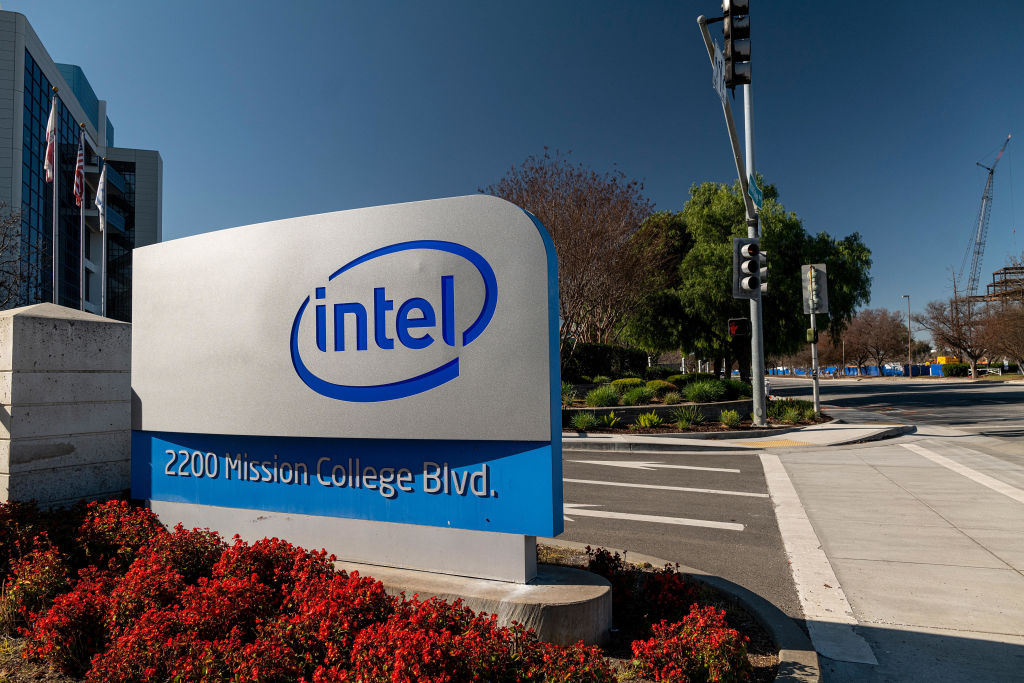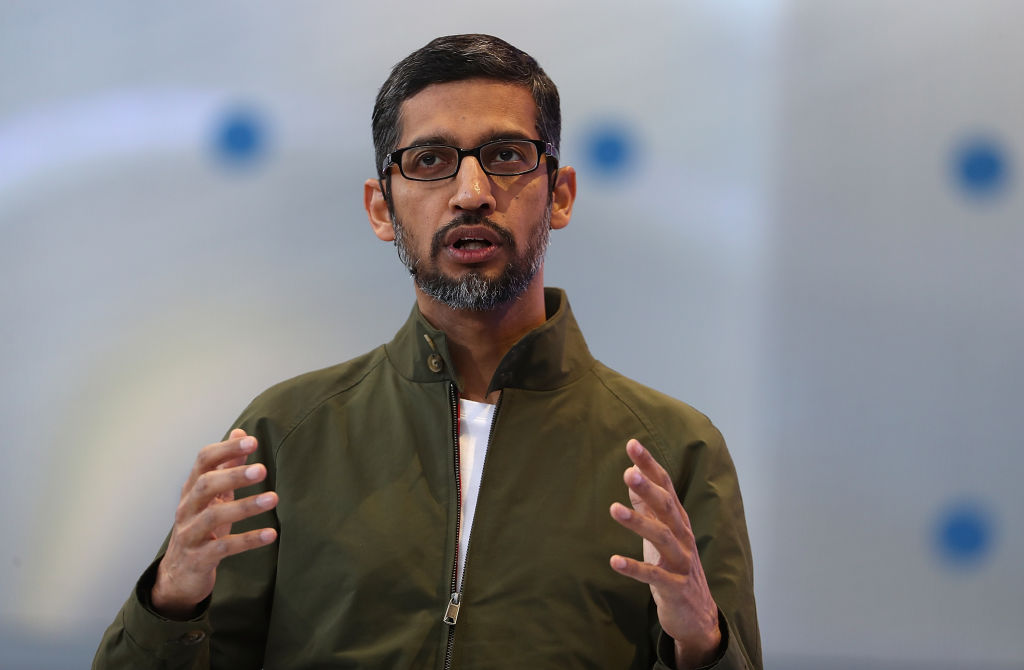 Image Credits:Artur Widak/NurPhoto / Getty Images
Image Credits:Artur Widak/NurPhoto / Getty Images2:14 PM PDT · May 20, 2025
The first test of Tesla’s long-promised robotaxi service in Austin, Texas next month will initially be limited to specific areas the company deems “the safest,” CEO Elon Musk told CNBC in an interview Tuesday.
Tesla’s cars are “not going to take intersections unless we are highly confident [they’re] going to do well with that intersection, or it’ll just take a route around that intersection,” Musk said. “We’re going to be extremely paranoid about the deployment, as we should be. It would be foolish not to be.”
Using a geofence represents a major strategy shift for Musk, who spent years claiming his company would be able to create a general purpose self-driving solution that could be dropped in to any location and work without human supervision. (Geofence is a jargon term used in the autonomous vehicle industry that means vehicle is restricted to a certain area.) Musk has claimed Tesla will attempt to launch similar trials for its robotaxi service in California and possibly other states later this year.
Musk telegraphed the idea of using a geofence on Tesla’s first-quarter earnings call in April, though he did not explicitly say that was the approach the company would use. The CEO said at the time that it was “increasingly likely that there will be a localized parameter set” for its early robotaxi operations.
As part of Tesla’s “paranoid” approach, Musk said Tuesday the company will have employees remotely monitor the initial fleet of around 10 Model Y SUVs equipped with the “unsupervised” version of its Full Self-Driving software. Musk also claimed those vehicles will be driving without any safety operator inside.
“I think it’s prudent for us to start with a small number, confirm that things are going well, and then scale it up proportionate to how well we see it’s doing,” he said.
It is common practice for autonomous vehicle companies like Waymo to have an operations center staffed with people who are monitoring their robotaxis and providing remote guidance, if needed. Waymo, which posted a blog on the topic in 2024, doesn’t take take control of the vehicles though. Instead human employees primarily communicate through questions and answers with the self-driving system to give it proper context and help it problem solve.
Sean O’Kane is a reporter who has spent a decade covering the rapidly-evolving business and technology of the transportation industry, including Tesla and the many startups chasing Elon Musk. Most recently, he was a reporter at Bloomberg News where he helped break stories about some of the most notorious EV SPAC flops. He previously worked at The Verge, where he also covered consumer technology, hosted many short- and long-form videos, performed product and editorial photography, and once nearly passed out in a Red Bull Air Race plane.

.png) 10 hours ago
1
10 hours ago
1






















 English (US) ·
English (US) ·